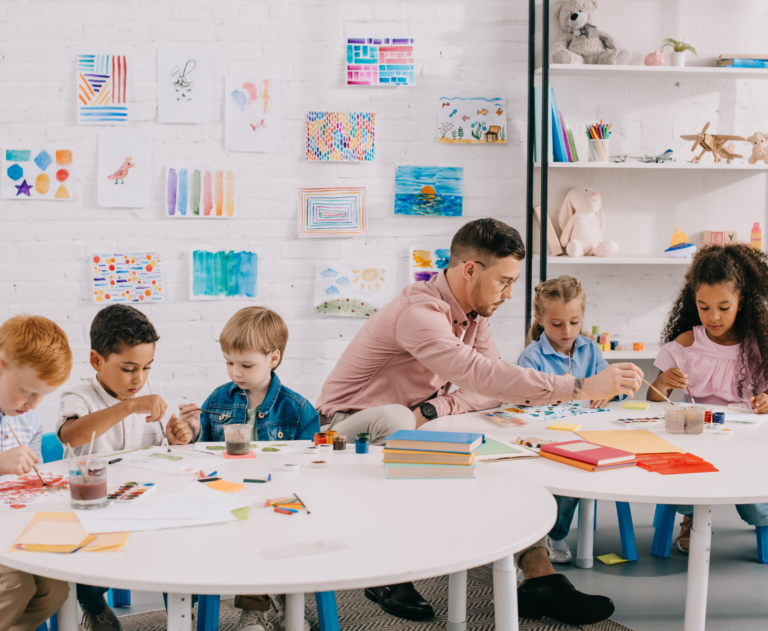Classrooms are fast becoming interactive and dynamic spaces, with collaboration at the forefront. The modern, ever- evolving classroom requires flexible collaborative furniture that boosts learning potential by allowing space for more discussion and the sharing of ideas.
As a result, kids benefit from an engaging atmosphere that encourages them to study, grow, and learn. According to Edtech Magazine, teachers are discovering that having a more free-flowing classroom allows students to use their space in a way that is comfortable for them. Children’s learning environments need to reflect the real-world experiences, which can help them to learn key social skills.
According to the New Directions for Teaching and Learning journal, 75 percent of all school students in Australia and New Zealand are still learning in traditional classrooms and do not have access to flexible furniture or innovative space. As the learning environment is rapidly changing it’s more important than ever to update furniture and make the classroom more adaptable and fun.
According to a 2012 study conducted by the University of Minnesota, when flexible learning furniture was used in classrooms, 48 percent more students participated in classroom discussion than when they were taught in traditionally designed classrooms, and their standardised exam scores improved significantly as well.
How collaborative furniture can transform learning environments:
More Flexibility
Most traditional classroom furniture encourages passive learning, whereas collaborative furniture better encourages student engagement. Quadrant tables, ottomans, and arc-shaped furniture encourage students to collaborate on assignments and projects while allowing personal and flexible space to move and study.
Technology Friendly
Technology-based platforms are essential in the contemporary classroom. As classrooms evolve, students are using educational tools to enhance the learning experience, tools like tablets, whiteboards, and laptops assist them in accomplishing their daily tasks and activities.
Upgrading your classroom to include flexible furniture with power outlets allows seamless integration of technology and helps create a more collaborative and engaging environment.
Teacher Benefits
Collaborative, flexible furniture easily adapts to the latest technology as it is introduced into schools, allowing teachers to quickly and easily adjust their space to suit their needs. Transitioning from group work to whole-class activities can be done seamlessly and effectively without wasting time or energy. Pod tables, desks, and storage bays make it easy to power and store electronics and craft stash in the classroom.
Improved Wellbeing
Furniture is crucial to maintaining proper posture, which is particularly important for growing bodies. Flexible and ergonomic furniture is created to assist students in maintaining proper posture by supporting the curves in the back and posterior.
Physical activity is connected to increased academic achievement, better health, and behaviour, and flexible seating allows students to move freely without interrupting the lesson. This is especially beneficial for kids with specific needs like ADHD, ADD, and ASD, since it allows them to roam around and feel more at ease than they would in a traditional classroom setting.
Some forms of flexible learning products enable sensory input, which can help individuals focus and process knowledge more effectively.
Makes Learning Fun
Flexible seating is more than simply having an array of fun, colourful, and exciting seats in the classroom. It’s about empowering students to have their own practical space infused with brightly coloured bean bags, floor seats, wobble stools, and other contemporary seating options.
Children are more likely to participate in activities, acquire skills, and retain knowledge when they are happy and have an enjoyable learning atmosphere.

